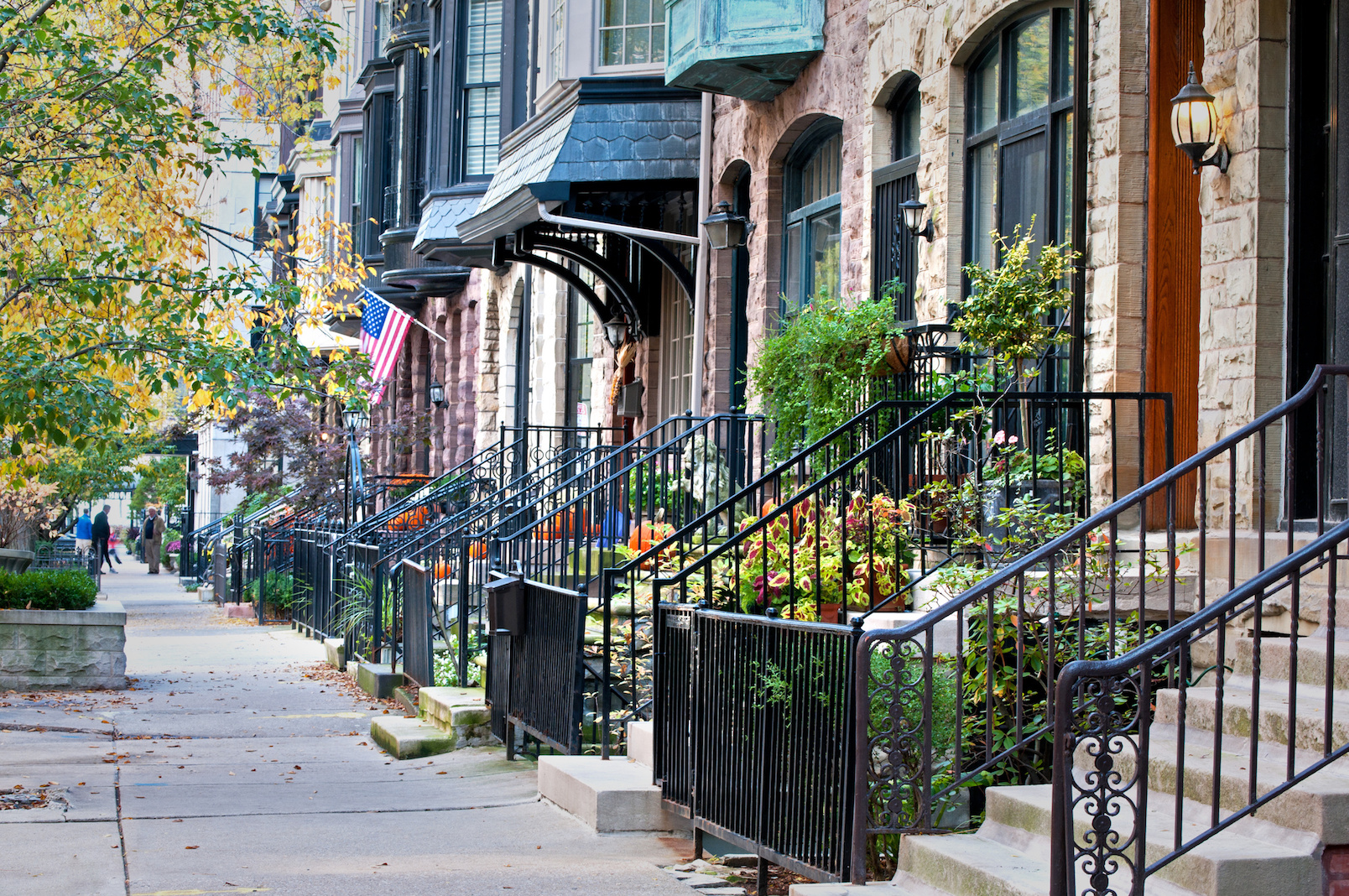Walk the Way
onLove Your Neighbor

In Dave Runyon’s book The Art of Neighboring, Runyon writes about his journey as a pastor and how that journey led him to his town’s city hall and a meeting with the mayor and the city manager.
Neither were Christians.
When Runyon asked them what area churches could do to help the city, their answer was simple: start a neighboring program.
What did the city officials mean by that? Runyon asked them to clarify.
They elaborated: “Shovel snow, rake leaves, you know, do some good deeds for people—people you know. Research shows this impacts a city in a positive way.”
Runyon left that meeting thinking, Jesus is a genius! After all, wasn’t He the first one to say, “Love your neighbor”?
But that’s when Runyon realized he didn’t even know his neighbors’ names! Could he effectively love them in these ways if he didn’t?
So Runyon made some intentional, personal decisions, starting with learning his immediate neighbors’ names.
I highly recommend the exercise.
Do you know your neighbors?
Who lives on your street? Down the hall? Down the block?
Is it time to literally and immediately love your neighbor?
Today’s interpretation of the traditional definition of neighbor—someone, say, right down the hall or down the block—has broadened and widened: Everyone is our neighbor now. This isn’t surprising. Advancements in travel and technology have led to globalization. Our big world is smaller, it feels closer and more connected. We are hardly able to ignore the sufferings of someone across the world any more than we can if they live right next door!
I’m of the persuasion that this is a wonderful, good, mysterious and beautiful thing, giving us the beginning glimpses of what the eternal Kingdom of God might look like. Quite frankly, it gives me goosies (aka goosebumps).
Yet simultaneously, there arises a bit of an issue: This wonderful broadening can turn a very literal concept into something almost metaphorical. If everyone is our neighbor, then we don’t really have to take responsibility for anyone individually; we can love conceptually and from afar.
But clearly, our neighbors are more than metaphorical—and most of us have them, yes, literally, right next door. We have literal neighbors within feet of our houses and right down the block or just across a corridor and up and down multiple floors.
God has placed us in literal locations with literal neighbors to love. When this reality hits, it gets lots harder to simply pass the “love your neighbor” buck Jesus commanded off to someone else, or treat it like a mere concept.
Do you and I know who our neighbors are? Literally?
Love begins there.
By Pamela Klein | Friend of Q Place
Editor’s Note: The 9 Arts of Spiritual Conversations are nine simple practices revealed in the way that Jesus interacted with people around him. The first six, The Art of Noticing, Praying, Listening, Asking Questions, Loving and Welcoming, can help you cultivate a loving relationship with your neighbors down the block, across the corridor, or on a different floor.